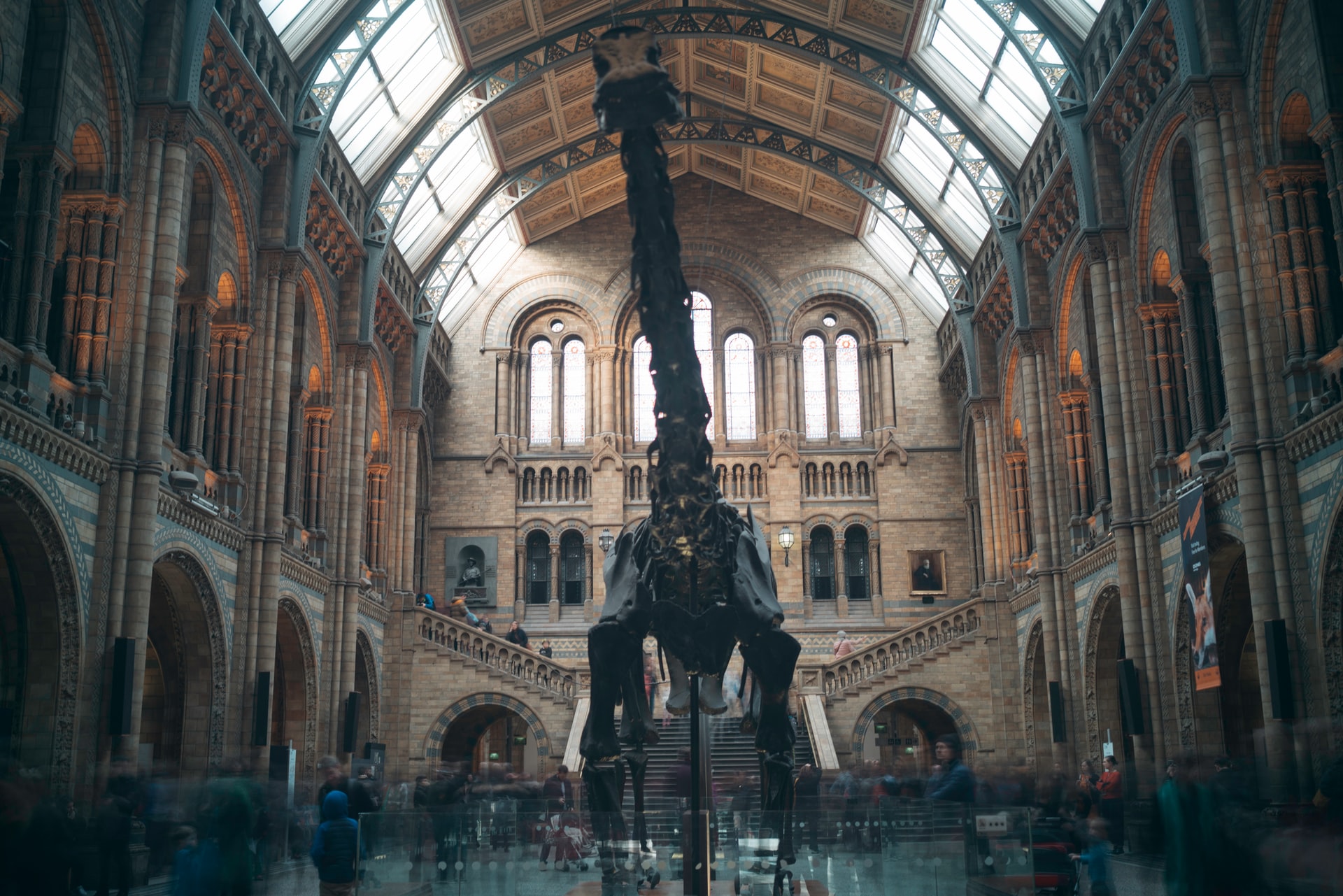
Summary
Goals
Approach
Result
Lessons
Philanthropist Andrew Carnegie had a special plan in the 20th century to preserve world peace, namely with the help of a Diplodocus dinosaur. The skeleton had been found in 1899 during an expedition that Carnegie had funded.
He had eighteen casts made of the skeleton of the 27 long Diplodocus found in the United States. He wanted to give these 'Dippy's' to various world leaders on the condition that they themselves would ask for them. This did happen and the casts were exhibited in museums in, for example, London, Paris, Berlin and St. Petersburg. With this the heads of state could make their citizens happy. In this way Carnegie wanted to make personal contact with the heads of state so that he could present his world peace ideology to them.
Unfortunately, the plan did not work after all: each country saw the dino as "their dino" and the hoped-for cooperation did not materialize. Some ten years later, World War I broke out.
In 1899, a skeleton of a Diplodocus was found during an expedition by philanthropist Andrew Carnegie. From this skeleton Carnegie had eighteen casts made and donated them to world leaders. In this way he wanted to ensure world peace. The casts were gratefully accepted and exhibited by the world leaders. Unfortunately, the heads of state saw the "Dippy" as their own dinosaur and not much later World War I broke out.

Comments (0)